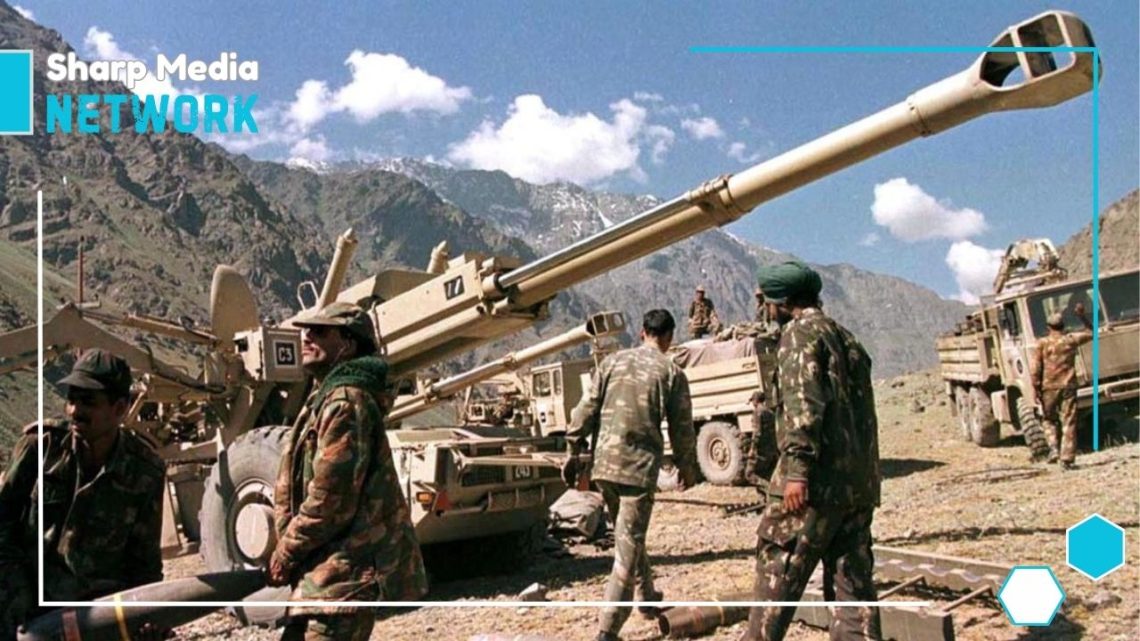
India’s Defense Sector: A Home of Delays, Corruption, and Missed Opportunities
February 18, 2025India’s defense sector, beset by technological delays, corruption, and failed projects, has struggled to match the pace of regional rivals, undermining the country’s military preparedness.
India’s defense sector, especially its air force, has long been plagued by delays, technological setbacks, and procurement failures, putting its strategic advantages at risk. The Indian Air Force (IAF) is facing severe delays in its indigenous fighter jet programs, which have raised concerns over India’s operational readiness, particularly in the face of China’s rapid advancements. The situation is worsened by Pakistan’s efforts to procure fifth-generation stealth fighters, including the J-35, further escalating regional tensions.
IAF Chief has emphasized the gravity of the situation, stating, “Tech delayed is tech denied,” underlining the urgent need for timely technological advancements. India’s fighter jet program is especially vulnerable, with the country’s fighter fleet shrinking to just 31 squadrons, far short of the sanctioned 42. This shortfall leaves the IAF at a strategic disadvantage, especially as China unveils its sixth-generation fighter and Pakistan moves toward acquiring advanced combat aircraft.
One of the key problems India faces is the slow pace of its indigenous development. While the Advanced Medium Combat Aircraft (AMCA) project was launched in 2024, the first prototype of the jet is still years away, at least 4-5 years from its maiden flight. This timeline leaves India behind its regional competitors in terms of fifth-generation fighter capabilities.
Adding to the complexity is the restructuring of India’s defense resources under the proposed Theatre Commands, which has raised concerns about further diluting airpower resources. The government’s push for greater self-reliance in defense manufacturing has also faced challenges, particularly with Hindustan Aeronautics Limited (HAL), which has struggled with delays in production, particularly for the Tejas fighter.
Originally envisioned to replace the aging MiG-21 fleet, the Tejas fighter has not lived up to its expectations, especially with its limitations in range, payload, and radar capabilities. The IAF has expressed frustration with HAL’s failure to deliver on its 2009 order of 40 Tejas jets, and the slow pace of production has left India dependent on foreign jets like the Rafale and potentially the F-35, undermining the country’s goal of self-reliance in defense.
The Tejas program has also faced numerous technical setbacks, including difficulties with procuring critical components and engines, which have impeded HAL’s ability to produce the necessary number of aircraft. Even the first two Tejas squadrons may take a decade to become fully operational. As a result, the Tejas has become more of a liability than an asset, further tarnished by a crash during the Bharat Shakti exercise in Rajasthan, which has raised serious questions about its reliability.
In addition to technological shortcomings, India’s defense procurement has been marred by corruption scandals, such as the Rafale deal and the AgustaWestland helicopter scam. These controversies have severely damaged the credibility of India’s defense procurement system, with cronyism, bribery, and a lack of transparency becoming all too familiar.
Meanwhile, the Sino-Pakistani JF-17 fighter, which has found international buyers in countries like Nigeria, Myanmar, and Azerbaijan, highlights the stark contrast in production capabilities. The Tejas program’s sluggish production rate is a concern, as it trails behind Pakistan’s JF-17 production in terms of both speed and capability, raising doubts about India’s ability to mass-produce combat-ready aircraft.
The Tejas Mk-1A is facing significant delays, and India may be forced to return to Western suppliers for fighter jets, such as the Rafale or F-35, undermining the country’s goal of achieving self-reliance in defense. On top of this, even housing projects for war heroes have been marred by corruption, as exemplified by the Adarsh Housing Scam, which exposed deep-rooted problems in the defense establishment.
India’s defense sector has faced a series of missed opportunities, delays, and financial burdens that have only worsened the country’s dependence on foreign defense imports. Whether it’s due to technical inefficiencies, bureaucratic corruption, or failed projects, India’s military preparedness continues to be compromised, forcing the country to rely on external suppliers for critical defense needs.

